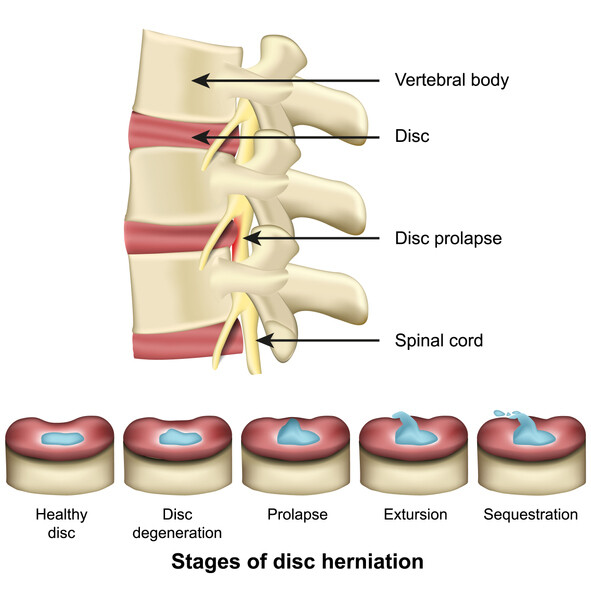In this article, we hope to address some of the questions our Eason and Tambornini spinal cord injury attorneys are frequently asked. In particular, we will discuss the differences between a spinal cord injury and a spinal column injury. We will also cover the differences between a complete, incomplete, and discomplete spinal cord injury as well as what spinal cord syndrome is.

Spinal cord injury and spinal column injury are terms that oftentimes confuse people, especially since they are both problems of the spine. However, they are different spinal praoblems with various symptoms.
The spinal cord is a part of the central nervous system and is located within the spinal column. It is a long structure composed of nerves that extend from the brainstem to the end of the spine. Its main function is to relay signals from the brain to all parts of the body and vice versa.
The spinal column is the bony structure composed of the vertebral bones and the discs found between them. It houses the spinal cord, provides the framework for the body, and supports the trunk, hips, upper extremities, and lower extremities.
Now, spinal cord injury is any injury to the spinal cord itself. Damage to the spinal cord causes temporary or permanent as well as partial or complete loss of motor, sensory, and autonomic functions. Spinal column injury, on the other hand, is any injury to the bony structure of the spine. It can be caused by dislocation, fracture, compression, and degenerative diseases of the vertebrae and discs. Symptoms include localized or radiating pain, numbness or tingling sensation, and muscle weakness.
Spinal cord injury is also classified as complete, incomplete, and discomplete. When you say complete, it basically means that the spinal cord cannot relay messages below the level of the lesion or the injury. The patient loses all sensory and motor functions below the affected level.
Incomplete spinal cord injury means that the spinal cord retains some of its functions. The patient can still feel some sensations, although these may be faint. There are also some movements, although these may be weak.
Studies have found though that the spinal cord is not completely severed or damaged after a blunt force trauma. Although there may be a complete loss of motor function or paralysis below the level of the injury, some sensory functions remain, which sometimes manifest as pain. This condition is called a discomplete spinal cord injury.
Spinal cord syndrome is a type of cervical spinal cord injury wherein the upper extremities are more affected than the lower extremities. There is more pronounced loss of movement and loss of sensation in the arms, forearms, and hands compared to the thighs, legs, and feet.
The most common cause of spinal cord syndrome is trauma to the neck region caused by a hyperextension injury. It may also be caused by degenerative cervical disease such as spondylitis or osteoarthritis of the neck.
According to studies, spinal cord syndrome is the most common type of incomplete spinal cord injury and has the most favorable prognosis. But the prognosis though, depends on the severity of the injury as well as the age of the patient. The degree of recovery, both motor and sensory, also depends on the patient’s existing medical conditions.
A spinal fracture is not the same as a spinal cord injury. Spinal cord injury is an injury to the spinal cord, while a spinal fracture is a fracture of the spine’s bony structures or vertebra. However, spinal fracture falls under the spinal column injury, which is essentially defined as an injury to the spinal column, including the vertebras and the intervertebral discs.
The most common cause of spinal fracture is trauma, such as accidents and blunt force to the spine. It can also be caused by chronic medical diseases such as osteoporosis or bone loss, as well as cancer and chemotherapy. Other causes of spinal fracture are bone loss due to long-term corticosteroid use and degenerative disease of the spine, causing compression fracture and spine destabilization. A severe spinal fracture can also damage the spinal cord, leading to spinal cord injury.
What can you do?
Spinal cord and spinal column injuries are serious matters. They can cause long-term or permanent disabilities that significantly impact one’s day-to-day life. If you or someone you know has suffered an injury to the spinal cord or spinal column from an accident, the negligence of another, or as part of a workers’ compensation matter, please contact one of our Eason and Tambornini spinal cord lawyer in Sacramento for a free consultation. We will help you understand your legal options and seek compensation for your suffering and pain. So give us a call now or send us a message through our website.

